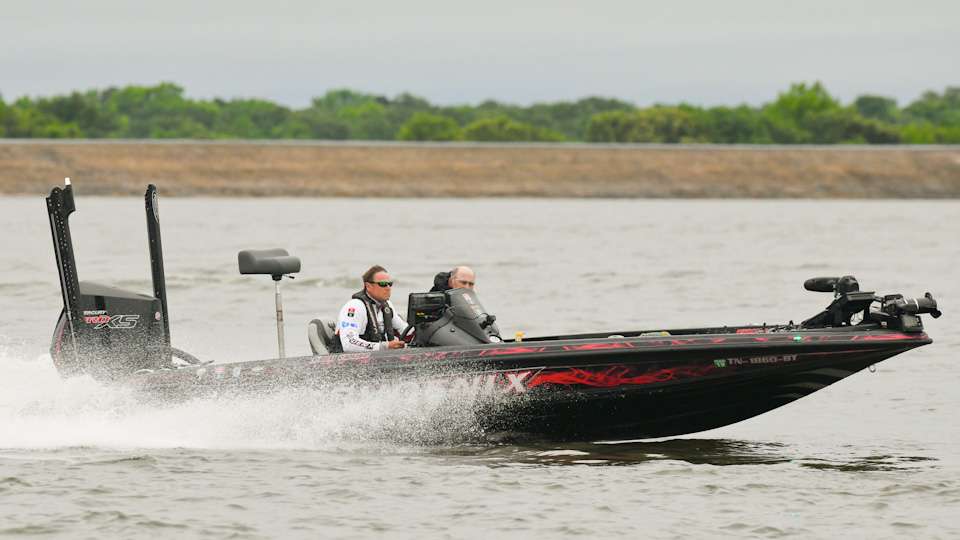
One question I often get asked by anglers looking for their first bass boat is, “What should I get in a used bass boat?”
It’s a good question and one that certainly deserves a lot of forethought.
Obviously, you must determine how much you have to spend or can allocate to a boat. That’s going to dictate where to begin the search.
I assess the used fiberglass boat market in three price ranges – $10,000, $20,000 and $30,000. If you get under $10,000, you’re probably looking at a project boat that’s going to need quite a bit of work.
You also could spend less money on a new aluminum rather than a slightly used fiberglass boat. There’s nothing wrong with aluminum boats providing they are applicable for the waters you fish.
But if you’re fishing bigger lakes or waters susceptible to wind and current, I recommend you be patient and look for the best used fiberglass boat you can buy.
I’m not going to get into brands, although I’m partial to Phoenix because that’s my company, and I know how they are built. However, there are other good bass boat brands that will serve you well until you’re ready to buy a new rig.
More importantly, boat buyers would be wise to spend time in buddies’ boats to get a feel what they want in a rig. The more time spent in a variety boats, the better informed you will be as far layout, fishability, performance and accessories that best fit your needs.
I also recommend your first used boat be an 18-footer with a 150-horse outboard. That’s a good match for a variety of waters and right size for newcomers, especially high school or college anglers.
I’d strongly recommend you look for all composite boats so you don’t have to worry as much about structural failure. Nearly all companies went to composite materials in the late 1990s, but it’s worth some thought.
Look the boat over carefully to make sure it’s structurally sound. I’d also suggest you go to the lake with the seller, run the boat and check out how it fishes, make sure the flooring is solid, motor starts and runs well, and everything else works.
And before you write the check, take the boat to a reputable mechanic and have him do a compression check of the outboard. The last thing you want to do is spend top dollar on a used rig and have to spend another $4,000 on a new power head a few weeks afterwards.
I wouldn’t be too concerned with the trolling motor or electronics, providing they do work. Those are items you can upgrade later.
If the boat is structurally sound, the motor is in good shape and the trailer isn’t rusted out, a lot of other things (livewell pumps, tires, bearings, etc.) can be fixed fairly inexpensively. If the gelcoat is faded you can probably buff it up. If the trailer bunks are worn, you can re-carpet them.
If you’re handy, it could be a fun project.
A friend of mine did that. He found an inexpensive boat that he and his teenage son turned into a family project. They built a strong relationship redoing the boat and created one that he and the boy now use on a regular basis.
Editor’s note: See Boat Makeovers.
If you do your homework, you can find a serviceable used boat that will serve you well until you’re ready to move up to a new one. And when that time comes, you will know exactly the size, features and characteristics you want in a bass rig.





